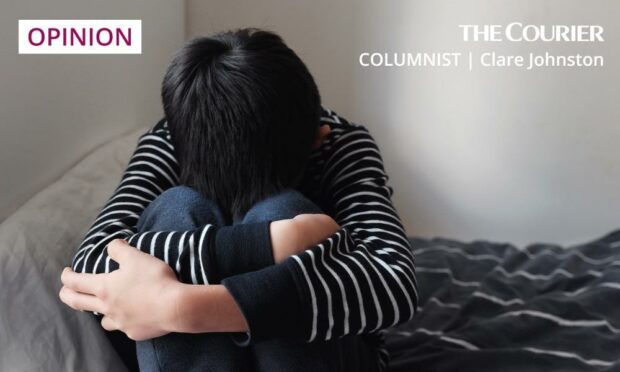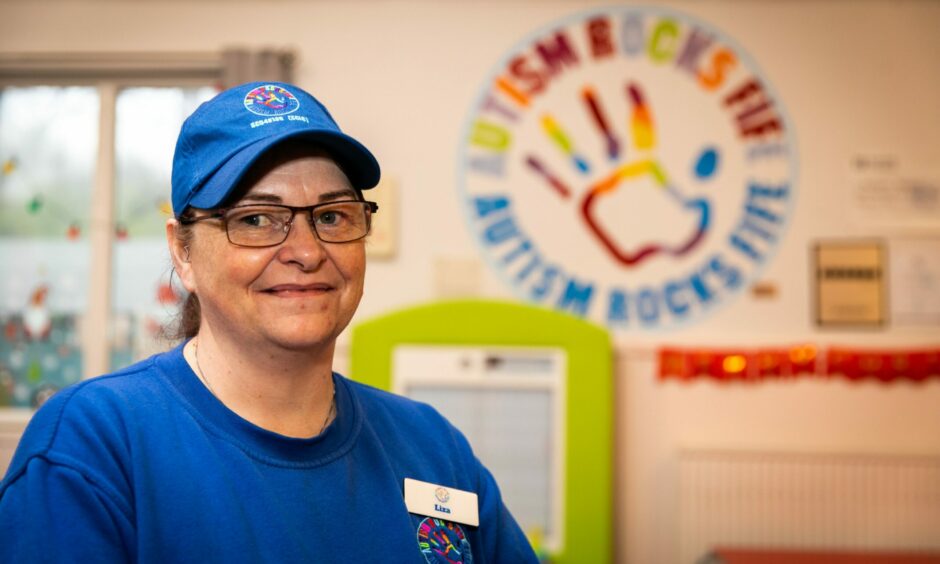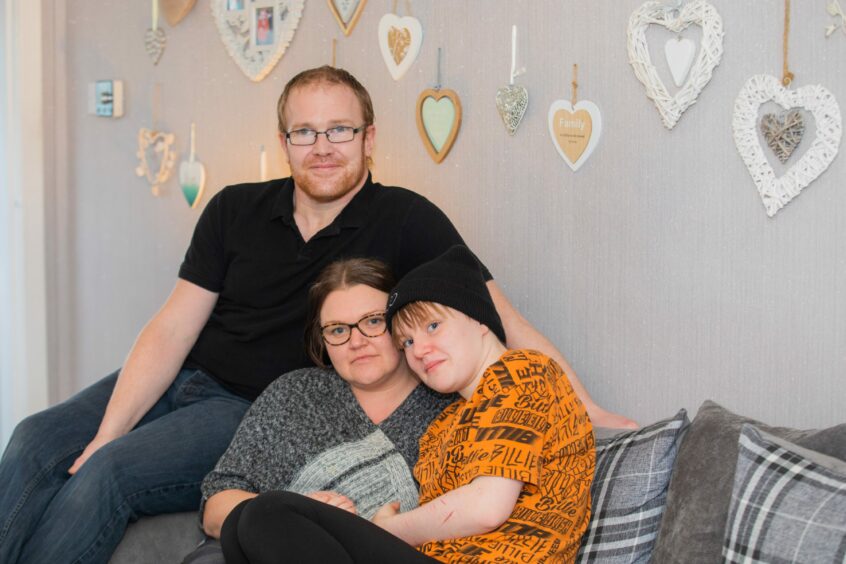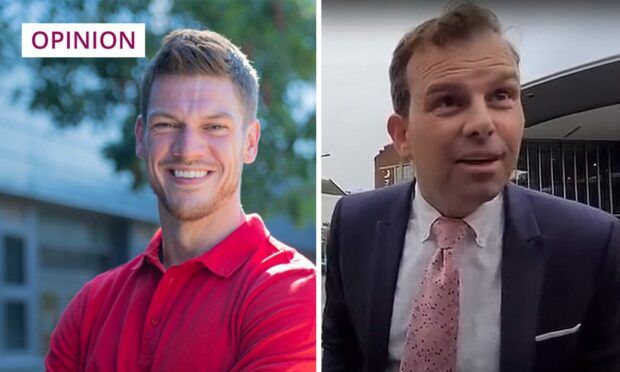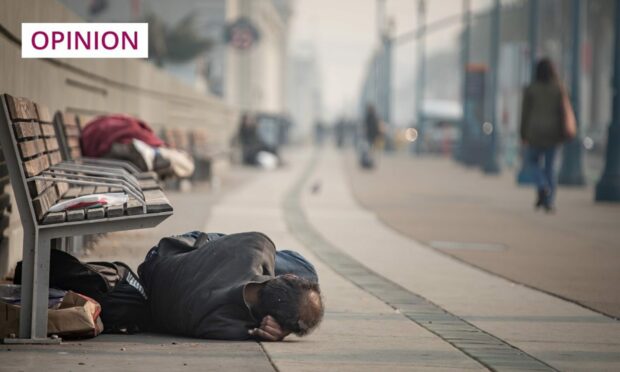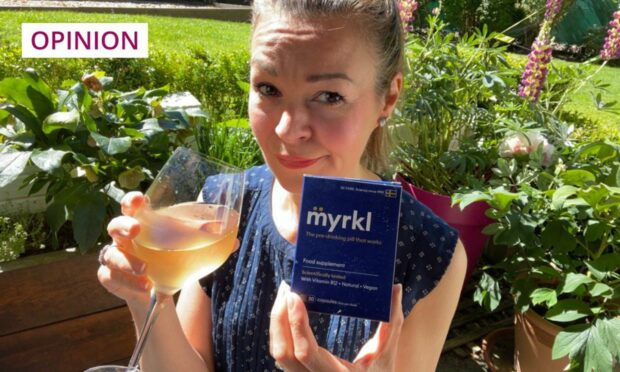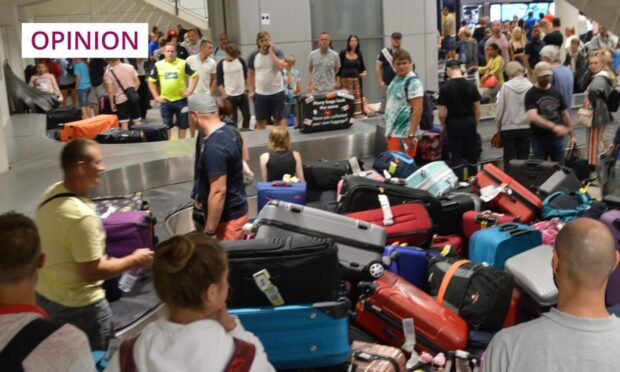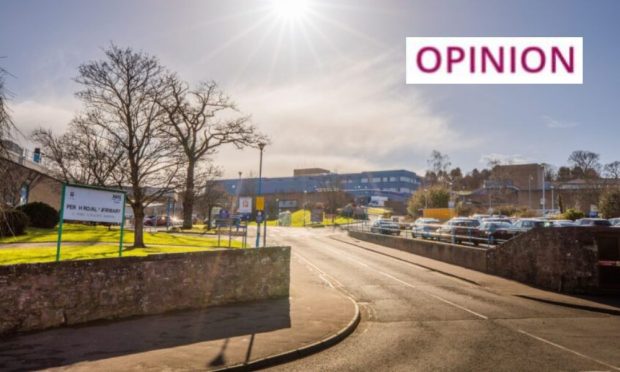Imagine the agony of handing your vulnerable child over to an institution for care and being left at home to wonder how they were being treated.
Whether they were scared, alone, missing you.
Then imagine how much worse that situation would be if you had very limited or even no visiting rights, but were aware they were deteriorating, locked in on their own for long periods of time and you had no way of getting them out.
It’s unthinkable for most of us.
But that’s the desperate reality for too many families in Scotland who have been utterly failed by the system.
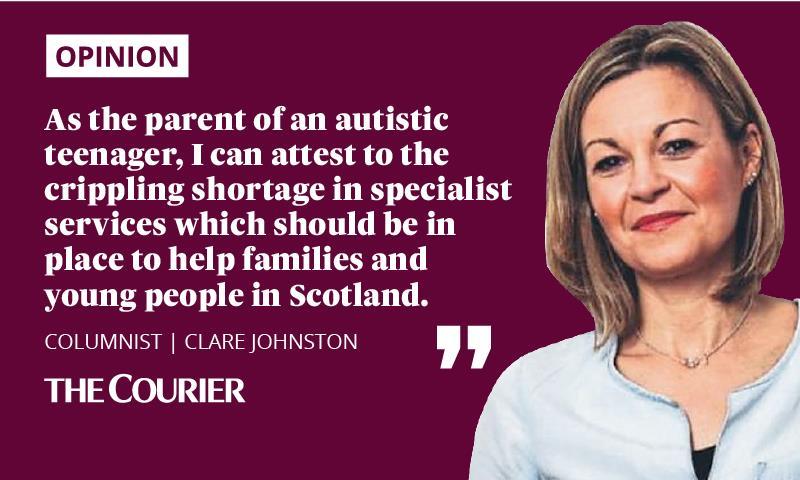
Last month a report by the charity the Enable Scotland said hundreds of people with learning disabilities are being forced to live away from their families, or are trapped in psychiatric hospitals, because of staff shortages and a lack of appropriate support.
Some remain in institutions for years with families reporting they have been stopped from seeing their loved ones.
It is a terrifying prospect of nightmarish proportions, correctly described by Enable as a “national scandal”.
It may not be one with an easy solution.
But it has to be tackled to put an end to the torment of these individuals and their distraught families.
Parents speak out as sons ‘left to rot’
This week three courageous mothers spoke out about the lack of support in Scotland.
The women say their sons who have autism and learning difficulties have been “left to rot” in hospitals for years.
It shouldn’t take courage to raise the alarm over the appalling situation they have found themselves in.
But two feared losing their visiting rights by highlighting the plight of their sons.
One revealed this had already happened.
The Scottish Government says it has set up a working group to look into the issue.
It added it was “completely unacceptable for people with learning disabilities and more complex needs to spend long periods of time in hospital when they could be supported in the community”.
3 mothers whose sons have been locked in hospital units in Scotland for years speak to the BBC as they’re desperate to get them out. The young men did not break the law but have autism and learning disabilities. @BBCLucyAdams reports #bbcgms 0710
— Gary Robertson (@BBCGaryR) February 9, 2022
The overwhelming majority of children and adults with autism and learning disabilities can either be cared for or given support to live independently in the community.
But there is a glaring gap in the amount of support on offer in Scotland.
As the parent of an autistic teenager, I can attest to the crippling shortage in specialist services which should be in place.
Without them, parents are left to stumble through a maze of complex mental health needs with appointments with the Child and Adolescent Mental Health Service (CAMHS) incredibly hard to come by and prioritised according to severity of need.
Psychiatrists call for action on mental health services in Scotland
The Royal College of Psychiatrists in Scotland is now calling for the Scottish Government to “pull out all the stops” when it comes to investing in child mental health.
A survey of its members found 90% of respondents believed CAMHS services were insufficiently or very insufficiently resourced.
Those children and families left barely coping as a result just have to muddle through.
But it’s the muddling through that can lead to the crisis.
The point is with roughly one in 100 children in Scotland now diagnosed with autism, and an estimated 4% of pupils with either autism or a learning disability without adequate intervention to ensure proper support, there are way too many broken outcomes.
Time and time again we hear of families struggling to even get a diagnosis for their child in the first place.
A Glenrothes family recently reported a three-year wait for an assessment for autism with the delay being blamed on Covid-19.
Early and ongoing intervention essential
A diagnosis is vital for being able to access specialist support and education.
And all too often it comes down to pushing and jumping up and down to get it.
In our case by secondary school, and with a child who prefers to be and can cope in mainstream education, specialist support is non-existent.
Muddling through and hoping for the best has brought us to the point where we have hundreds of vulnerable people separated from their families and communities.
Now it’s time to get a grip by putting the resources in behind early diagnosis and intervention.
We need to be providing ongoing specialist support and advice to families throughout the school years and beyond.
And, of course, adequate and appropriate care for those who need it.
That’s our best way of ensuring young people with special needs are given their chance to thrive – and not set up to fail.
Listen to Clare discuss the impact of the pandemic on neurodiverse children in schools.
